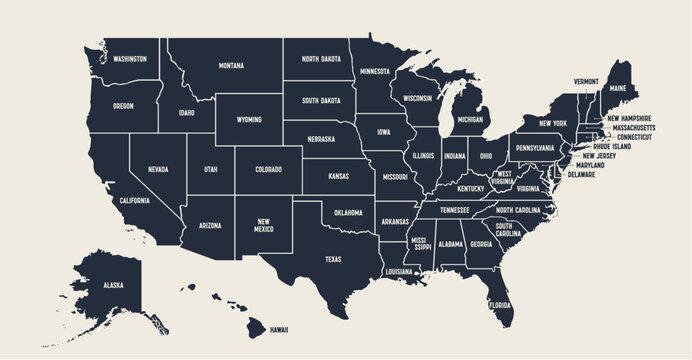In an era marked by rapid scientific advancements and mounting public health challenges, the relationship between government policy and scientific expertise has never been more critical. “Will state stick with science? – SCT Online” explores the evolving dynamic between policymakers and the scientific community, questioning whether states will continue to prioritize evidence-based decisions amid political pressures and societal debates. This article delves into recent developments, highlighting the stakes involved as governments navigate the delicate balance between science, public opinion, and governance.
State Commitment to Science Amid Funding Challenges
Despite facing persistent budget constraints, several states have reinforced their dedication to advancing scientific research and innovation. Lawmakers are increasingly aware that maintaining a robust science sector is critical for economic growth, public health, and technological competitiveness. This determination is evident through targeted grants, public-private partnerships, and strategic reallocations designed to sustain key research institutions and foster emerging fields such as biotechnology, renewable energy, and artificial intelligence.
Key strategies driving this commitment include:
- Incremental increases in R&D funding despite overall fiscal tightening
- Incentivizing STEM education programs to build future talent pipelines
- Supporting infrastructure upgrades for statewide innovation hubs
- Developing legislative frameworks to protect scientific integrity and collaboration
| State | 2024 Science Budget Change | Primary Focus Areas |
|---|---|---|
| California | +5% increase | Climate research, biotech |
| Texas | Stable | Energy, AI development |
| New York | +3% increase | Healthcare innovation, nanotech |
| Florida | -2% decrease | Environmental science, marine biology |
Examining Policy Shifts and Their Impact on Research Innovation
Recent shifts in government policies have sent ripples across the scientific community, challenging longstanding frameworks that once prioritized research innovation as a key driver of national progress. Budget reallocations and evolving regulatory landscapes have introduced a new level of uncertainty, forcing institutions and researchers to adapt quickly or risk falling behind on the global stage. The tension between economic constraints and scientific ambitions raises critical questions about the future of funding, collaboration, and intellectual freedom within state-supported research ecosystems.
Key policy changes can be summarized as follows:
- Reduced direct funding for foundational research projects deemed non-immediate in economic return.
- Increased emphasis on applied sciences, prioritizing innovation with clear market or defense applications.
- Tightened regulatory oversight on emerging technologies, impacting the pace and scope of new experiments.
| Policy Element | Impact on Innovation | Projection 2025 |
|---|---|---|
| Funding Allocation | Shift towards short-term projects | ↓ 15% foundational research |
| Regulatory Framework | Slower approval cycles | ↑ 20% compliance demands |
| Private Sector Collaboration | Increased partnerships | ↑ 30% joint ventures |
While these adjustments may streamline some pathways to innovation, experts warn they risk undermining the broad, exploratory research that often seeds breakthroughs. The balance between fostering immediate technological advancements and sustaining a fertile ground for curiosity-driven science remains precarious. Stakeholders are calling for nuanced policy approaches that support both innovation pipeline acceleration and the unpredictable nature of basic science discovery.
Recommendations for Strengthening State Support and Collaboration with Scientific Communities
To ensure that scientific innovation flourishes within national borders, governments must adopt a more proactive stance. This involves streamlining funding processes to reduce bureaucratic delays and ensuring sustained financial commitments to research projects beyond election cycles. Additionally, fostering public-private partnerships can unlock new avenues for resource sharing and technological advancements. Clear policies that protect intellectual property while encouraging open data exchange will also enhance collaboration between state bodies and scientific organizations.
Building robust networks of cooperation requires more than funding-it demands strategic engagement. Key initiatives should include:
- Establishing regular forums where policymakers, scientists, and industry leaders can align priorities and share breakthroughs.
- Supporting STEM education to cultivate the next generation of researchers who can sustain long-term national competitiveness.
- Implementing adaptive legislation that responds to the rapidly evolving landscape of science and technology.
| Action | Expected Impact | Timeframe |
|---|---|---|
| Increase Research Grants | Boost innovation output | 1-3 years |
| Host Annual Science Summits | Enhance collaboration | Ongoing |
| Revise IP Laws | Facilitate technology transfer | 6-12 months |
Final Thoughts
As debates around science policy intensify, the coming months will be critical in determining whether state authorities reaffirm their commitment to evidence-based decision-making. Stakeholders from the scientific community, industry, and the public alike await clear signals that science will continue to guide policy priorities in education, health, and innovation. SCT Online will continue to monitor developments closely, providing in-depth analysis on how these choices shape the future of research and public welfare.
